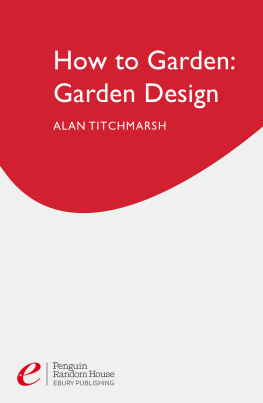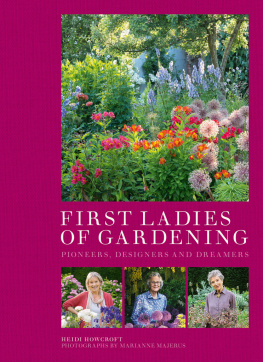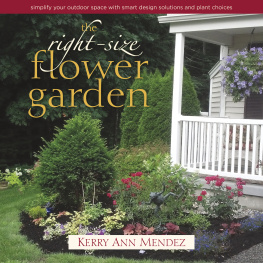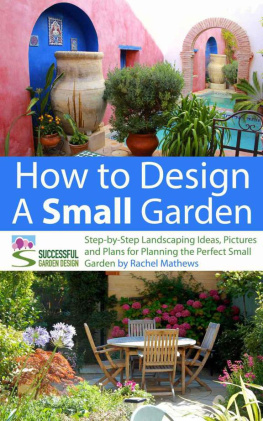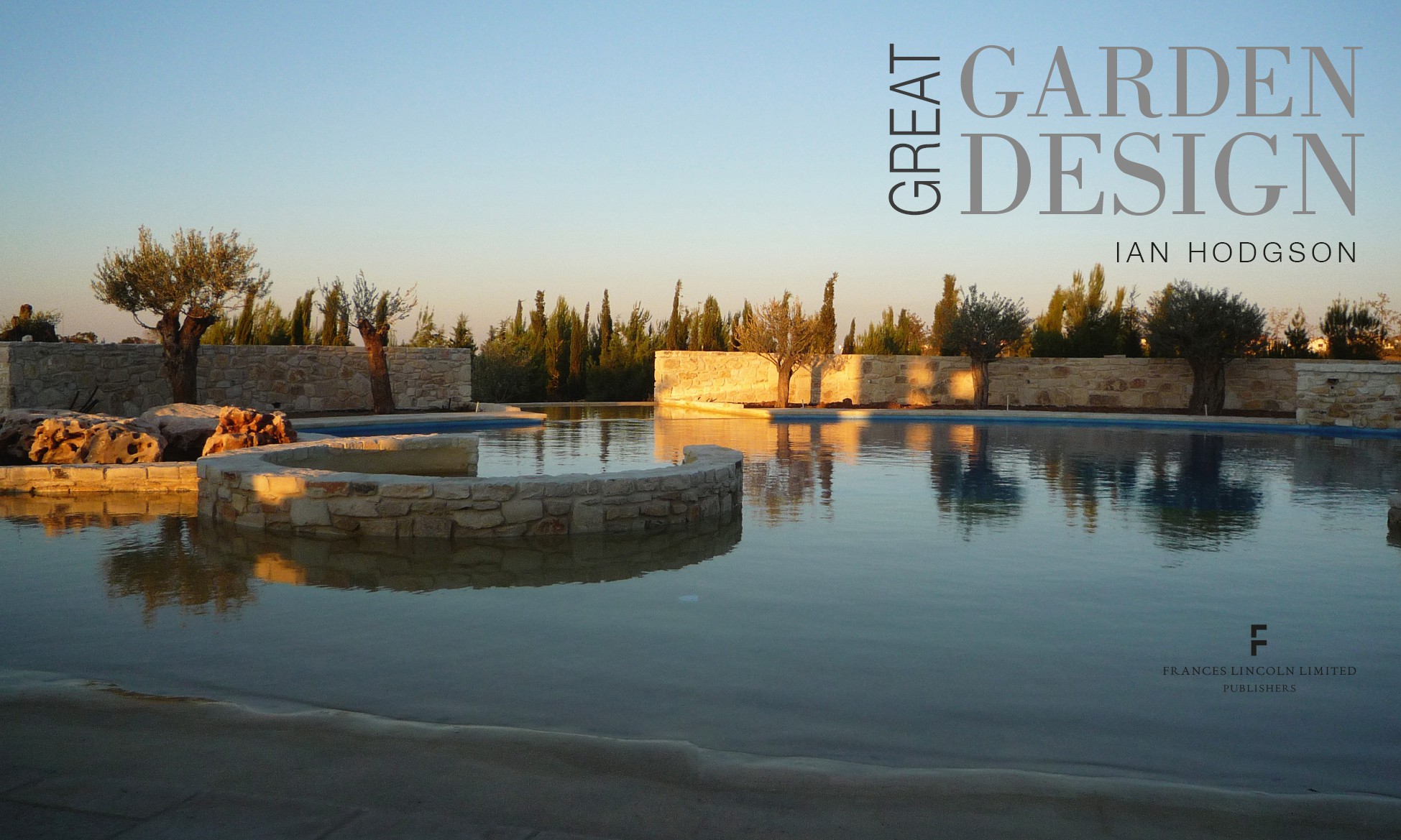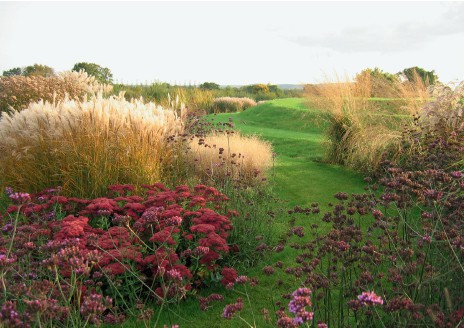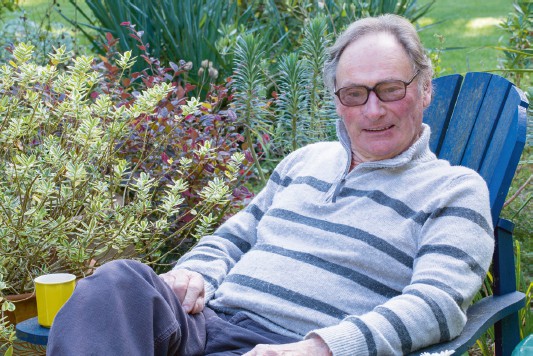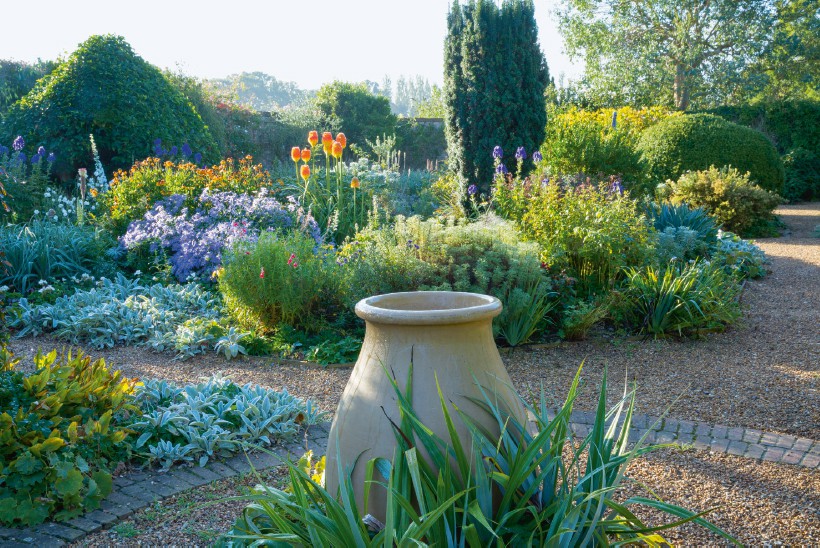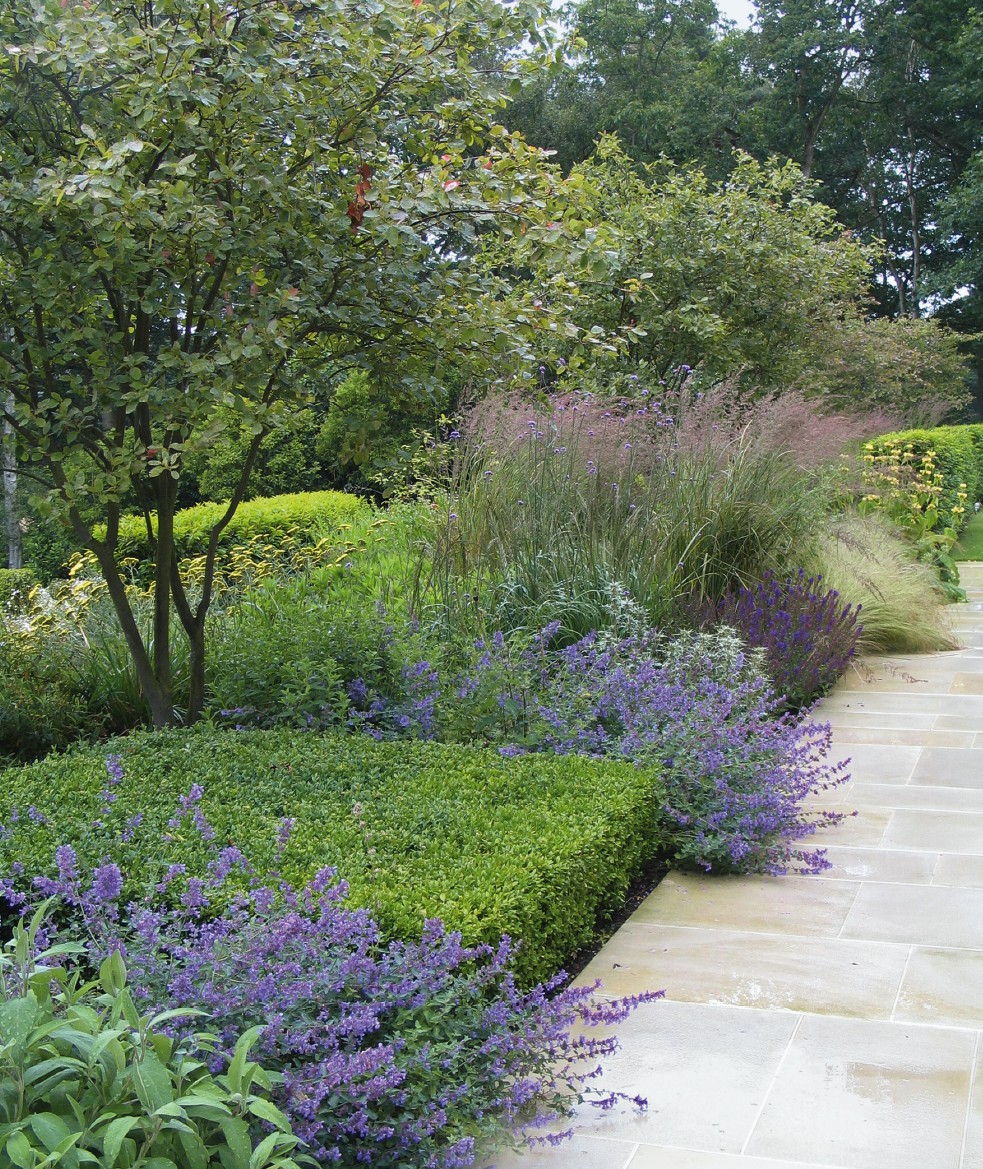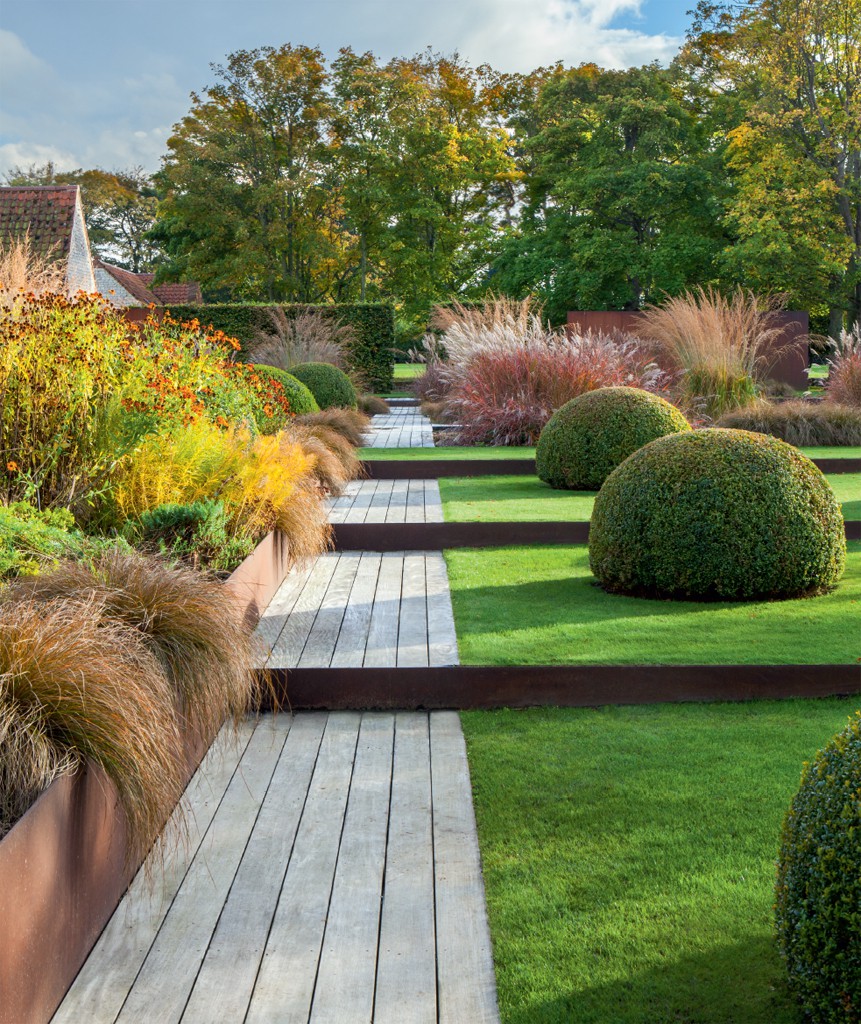John Brookes garden, Denmans, in Sussex was considered ground-breaking when he created it during the 1980s, and it is still admired today by fellow designers and visitors from around the world.
This contemporary space shows how skilful design can transform a garden into a beautiful landscape, using just a small palette of plants and a creative eye for colour, shape and form.
DESIGN BY WILSON MCWILLIAM
GARDEN DESIGN galvanises art, science, culture and environment together unlike any other discipline. Gardens have been at the heart of human civilisation for thousands of years, but in the last few decades, their design has become more diverse, with new ideas fuelled particularly by concern for wildlife and the environment. A desire to improve our quality of life and reconnect with nature has also been an impetus for garden-making, from private courtyards to country estates and public spaces, but especially for recuperative gardens, where sensitive design of outdoor spaces can be a powerful agent for good.
This book identifies a range of ideas and themes that will help transform your outdoor space, using examples from members of the Society of Garden Designers. The first chapter Bold Visions, Great Designs takes a look at particular styles, from contemporary formal and urban to cottage, country, naturalistic and meadow gardens, as well as themed subtropical and water gardens. The chapter also profiles designers that have produced some of the best examples of each genre.
The second chapter, Garden Gallery, is split into architectural ideas and planting styles, and here we take a closer look at all the elements and approaches used to create a garden, showcasing a range of inspirational features and schemes. Design is, of course, a personal persuasion and all the examples presented can be reinterpreted and repurposed to create your garden, perhaps even founding your own unique style!
Gardens are also about having fun and enjoying life. Outdoor Experiences illustrates this with the wide range of activities you can include in your design, from the purely passive to the highly active, including relaxing, dining, exercising and den-making. Environmental concerns form the basis of Gardens With A Conscience, which highlights some of the techniques designers use to make better use of natural resources, such as water, sunlight, and materials found on site or in the locality. These practices also help us tread more lightly on the earth, reducing our carbon footprint and allowing us to take greater responsibility for the demands we make on its resources. The realisation by scientists and environmentalists that gardens provide important refuges for a wide spectrum of wildlife is one of the great breakthroughs of the last decade. Their significance is set against a backdrop of dwindling natural habitats caused by intensive agriculture, urbanisation and climate change.
The final part of the book, Realising Your Design, provides practical advice on how to assess your site and commission a designer, with the directory of members of the Society of Garden Designers to help you make your choice. I hope the rich seam of creativity presented on these pages offers you a wealth of ideas and inspiration from the collective vision of these talented individuals.
The interplay of shapes and forms sets up a dynamic rhythm across a series of shallow terraces, while the linear timber walkway effortlessly spirits the eye and body across the landscape into the space beyond.
DESIGN BY TOM STUART-SMITH
GARDENS ARE EXCITING and dynamic places. They play with our emotions, positively influence our sense of wellbeing and connect us to the natural world, creating glorious alchemies of art and science that tap into the bedrock of our cultural existence.
Sourcing inspiration
What we personally want and need from gardens and how we interact with them are as multi-various as our personalities. Practicalities aside, personal history, culture, taste and vision all play a part in influencing our needs and aspirations for our outdoor spaces. We may yearn for something bold and uncompromising, minimalist and highly architectural, wild and romantic, or just simply a refuge from the worries of the world. Often, the difficulty is pinning down that vision or idea and making it a practical reality. Conversely, you may not know what you want and seek inspiration, perhaps assembling a portfolio of ideas from books, photographs, magazine articles or the internet. In either case, you can start by considering a range of garden design styles, as shown on the pages of this chapter, to find a look that suits you best. You can then evolve it to create a design of your own or commission an experienced garden designer, such as one of the professionals who belong to the Society of Garden Designers (SGD).



